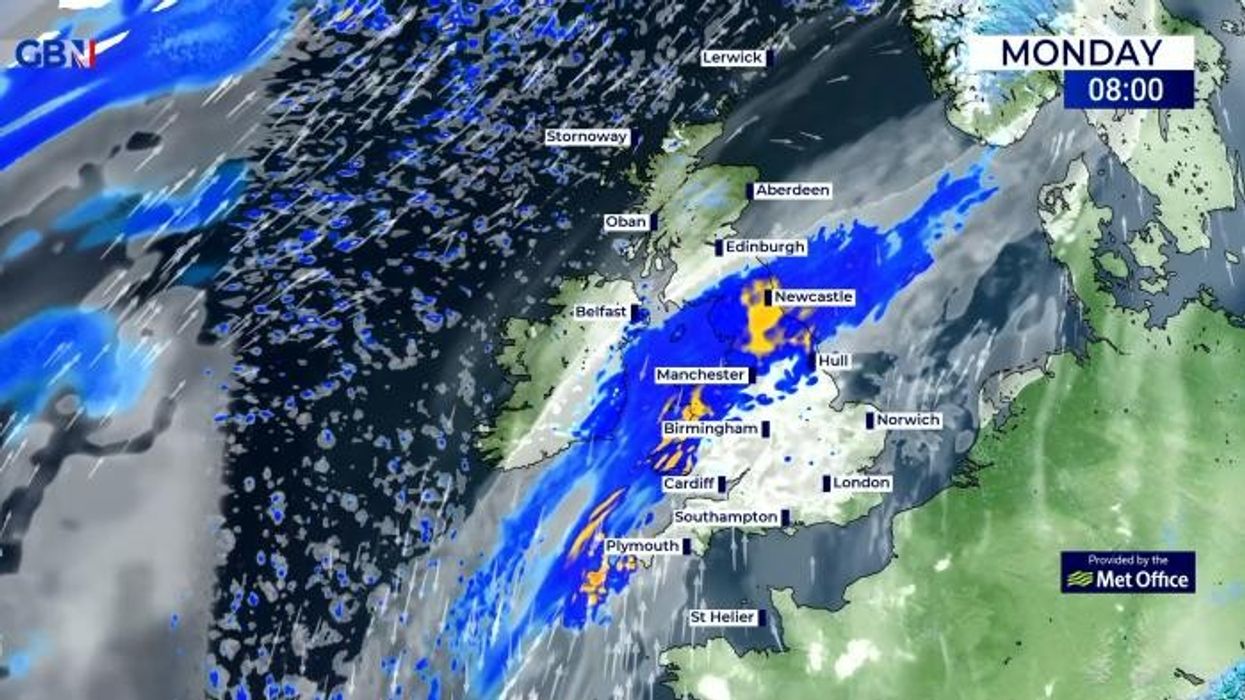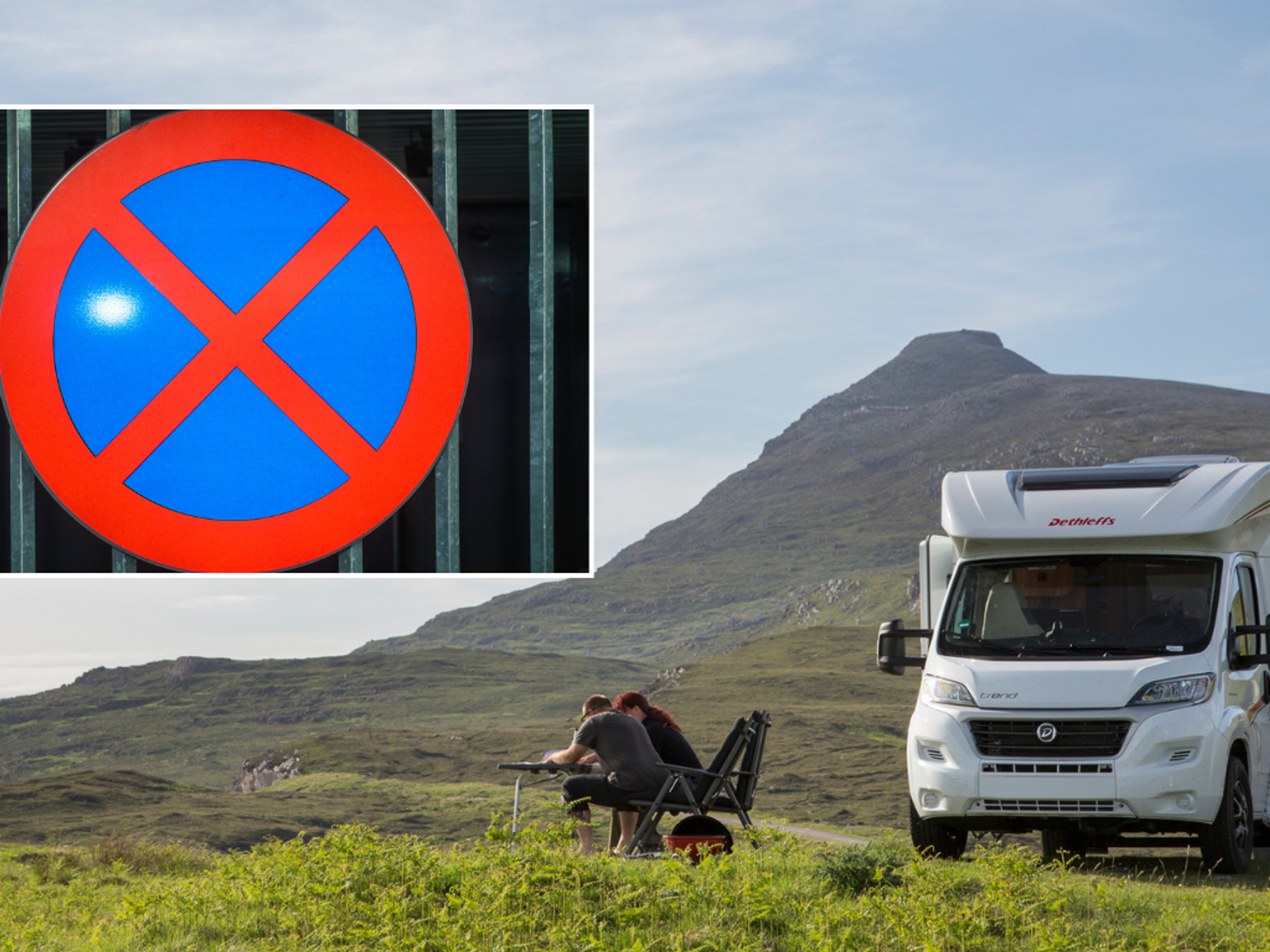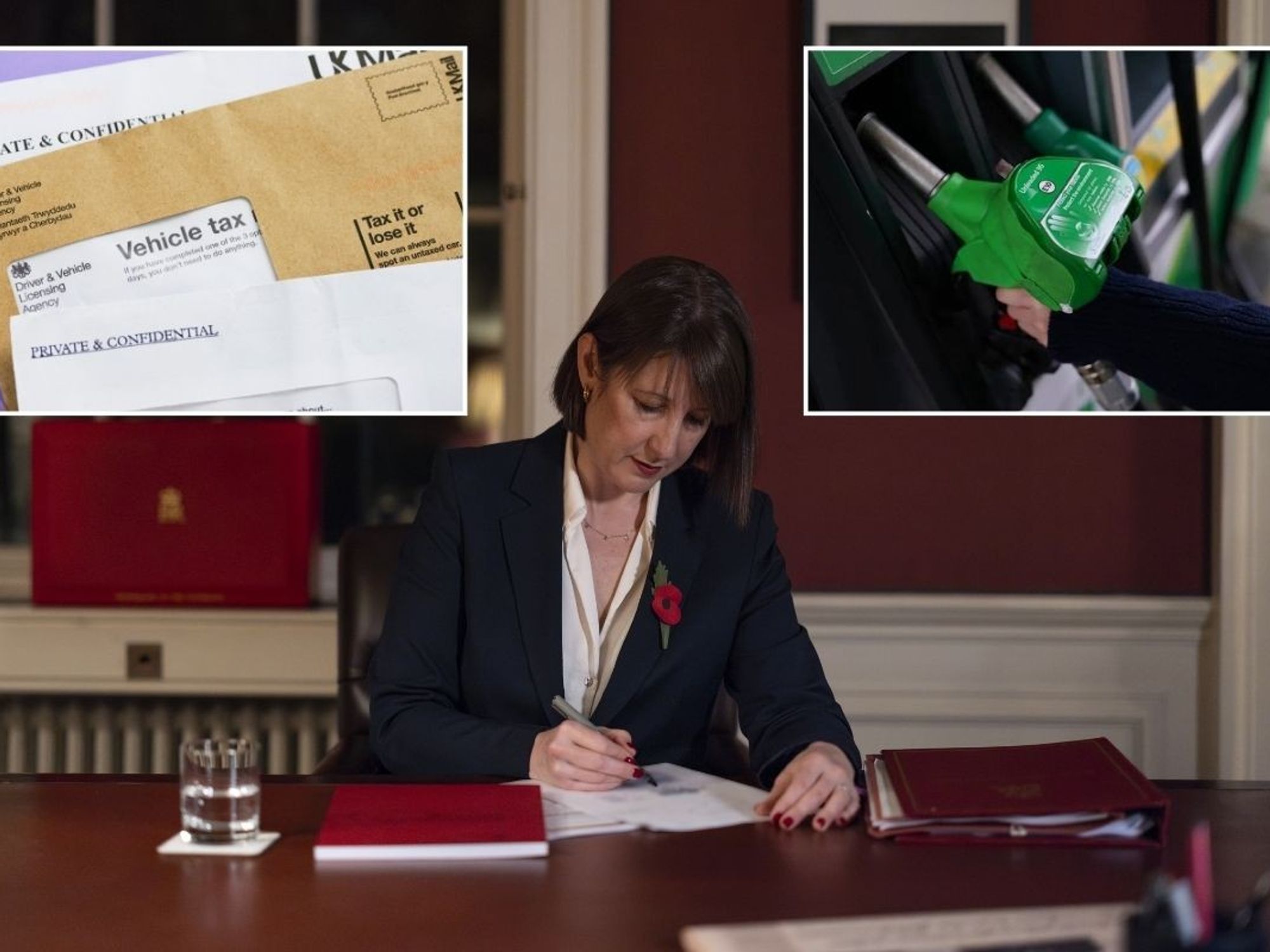UK weather: Britain to be soaked in 'blood rain' as Saharan plume to smother country

The Saharan plume could also leave an eerie reddish hue in the sky
Don't Miss
Most Read
Latest
Britons will be battered by “blood rain” this week as a Saharan dust plume is set to smother the UK.
Dust from the Sahara Desert is set to fall to the Earth in showers from today. The strange phenomenon occurs when strong winds whip up sand and dust, and once airborne, they can be carried for thousands of miles.
It is known as “blood rain” due to the dust’s reddish tint that can stain cars and windows. The Saharan plume could also leave an eerie hue in the sky.
Met Office forecaster Marco Petagna said: “Saharan dust is being drawn north to affect the UK in the coming days, following recent dust storms in North Africa.
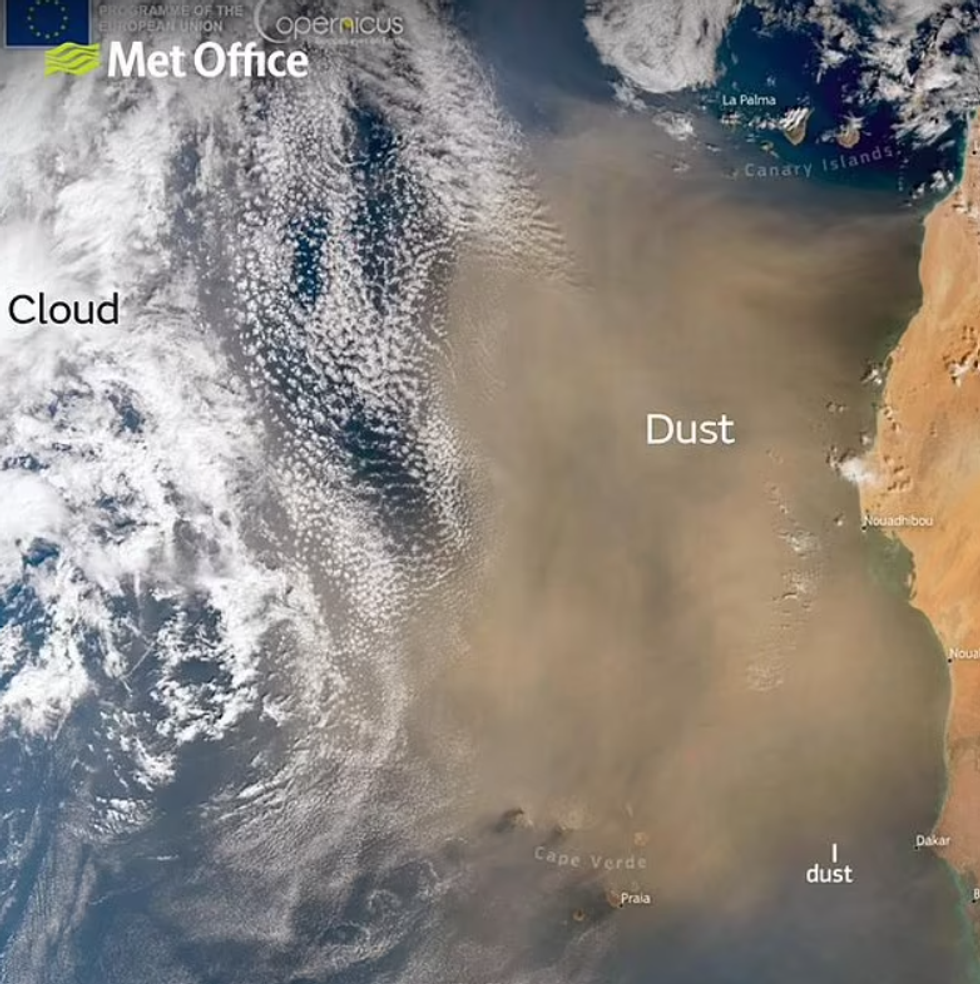 'Blood rain' is set to blow over from the Sahara from today | Met Office
'Blood rain' is set to blow over from the Sahara from today | Met Office“You might want to hold off washing the car just yet. And watch out for some colourful sunrise and sunsets.”
The Met Office said that proper “blood rain”, where the rain appears red, is a rare event as high concentrations of dust particles are needed in the rain.
In 2001, the phenomenon occurred in Kerala, India, where the droplets were so concentrated that they stained clothes dark red.
Last September, dust that travelled nearly 3,000 miles from the Sahara Desert hit the UK, leaving many vehicles covered in orange-toned dust.
WEATHER LATEST:
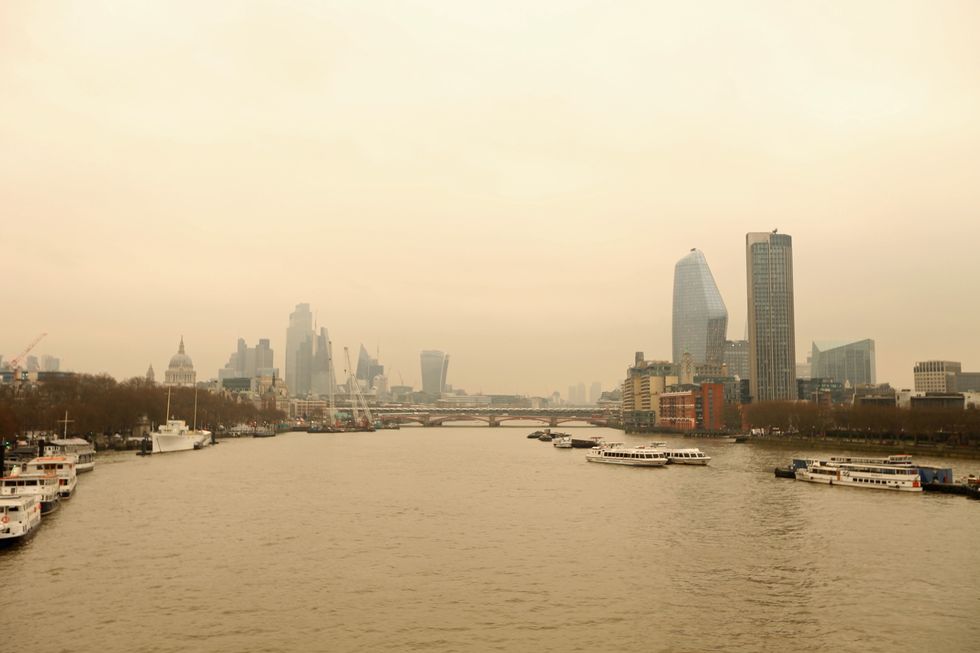
A Saharan dust cloud seen from Waterloo Bridge in London, 2022
|PA
The Met Office said that fierce winds over deserts can whip up dust and sand high into the sky. Explaining on their website, they said: “If the winds in the upper part of the atmosphere are blowing north, the dust can be carried as far as the UK.”
“Once it is lifted from the ground by strong winds, clouds of dust can reach very high altitudes and be transported worldwide, covering thousands of miles.
“In order for the dust to get from up in the sky down to the ground, you need something to wash it out of the sky - rain. As raindrops fall, they collect particles of dust on the way down. Then when the raindrops land on something and eventually evaporate, they leave behind a layer of dust.”
It comes after Britain recorded its hottest January day ever, with a record-breaking 19.6C documented in the Scottish Highlands.
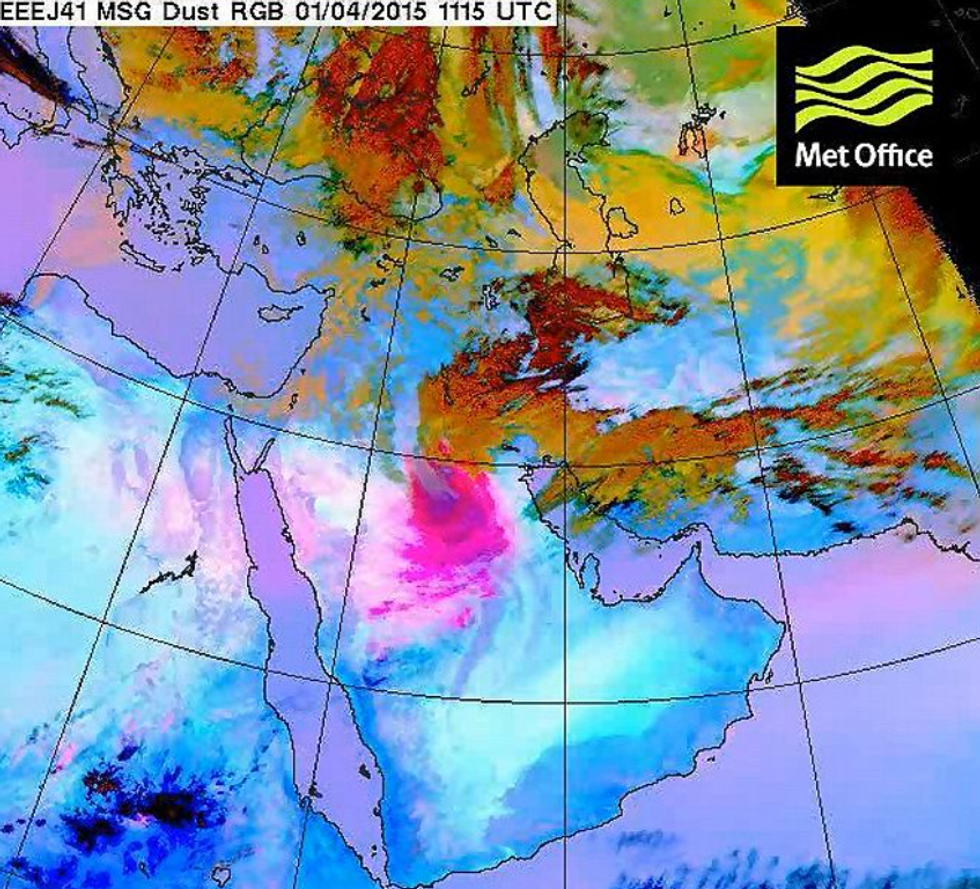
A satellite image showing a dust storm (the vivid pink colours) over Saudi Arabia in 2015
|Met Office
In a post on social media, the Met Office said: “There has provisionally been a new UK January daily max temperature record set today at Kinlochewe where the temperature reached 19.6C.
“This beats the previous January UK record of 18.3C set at Inchmarlo and Aboyne in 2003 and Aber in 1958 and 1971.”
The pleasant weather will continue today, with highs of 13C expected in the South, so Britons can put away those layers for the coming days.
The balmy temperatures are in stark contrast to the weather last week when freezing temperatures as low as -14C swept across the UK, bringing snow in the north.


